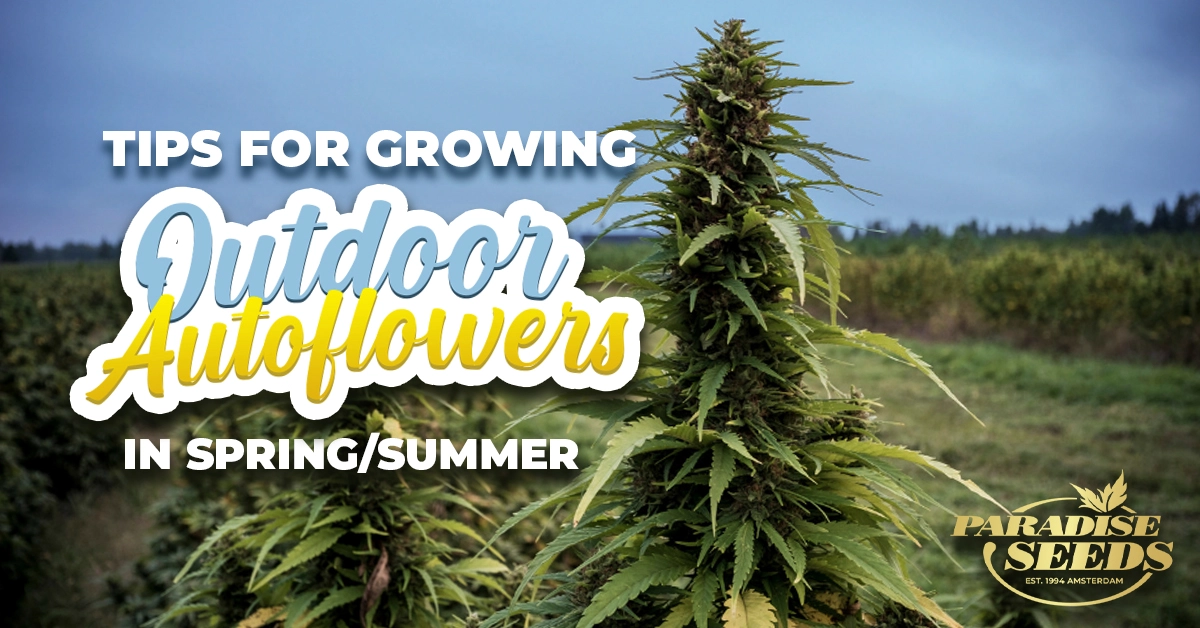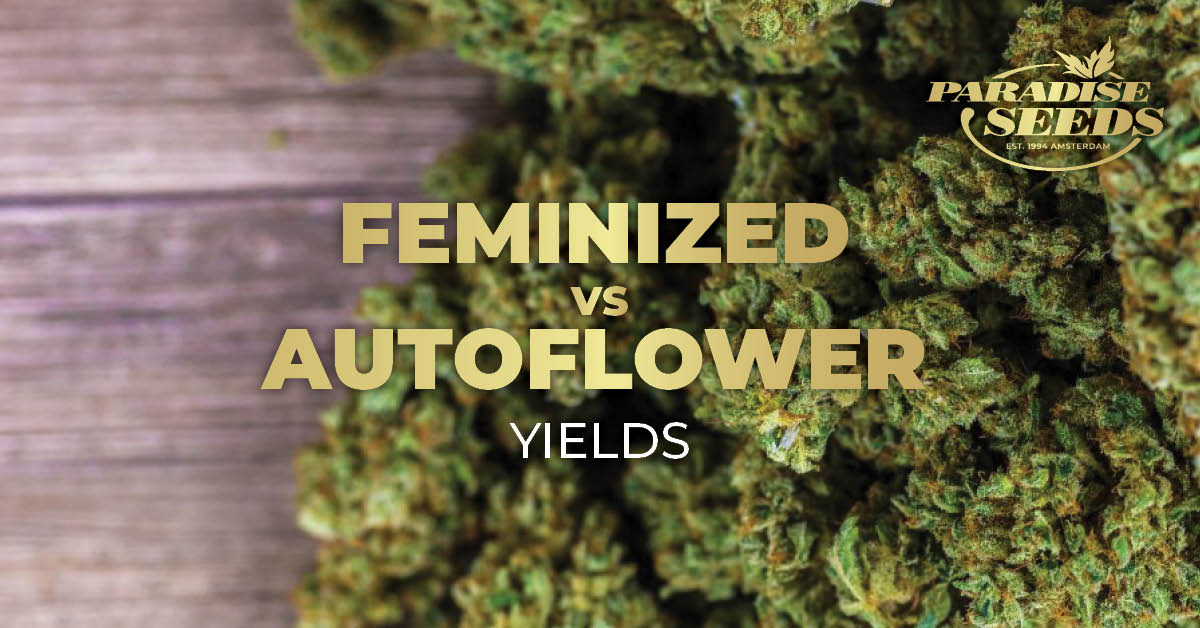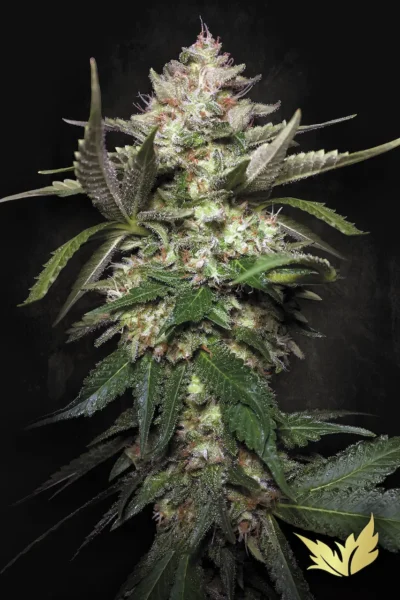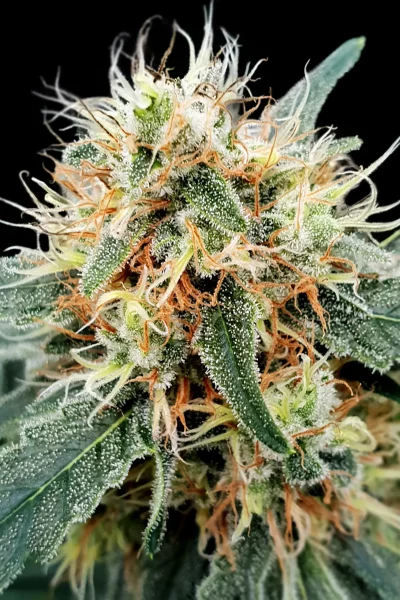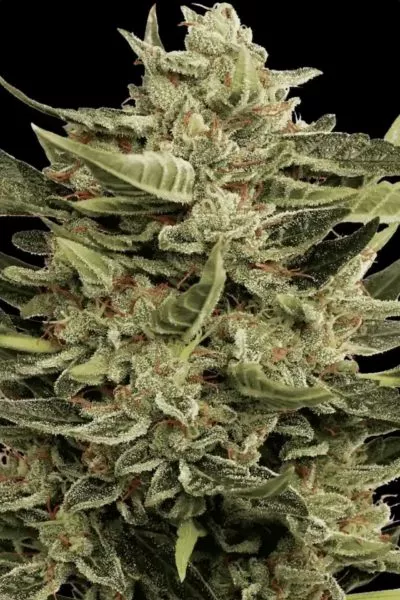A popular question for many growers is how do feminized vs autoflower yields compare? Autoflowering cannabis plants have now been around for long enough to have established themselves as a viable alternative to photoperiod plants in certain circumstances.
The genetics have improved exponentially, raising the bar not just for potency and terpene profiles, but also on the potential for big yielding autos.
There is rising interest in autoflowers for obvious reasons; with a 60 – 70 day life cycle from seed planting to harvest the savings for indoor cannabis growers are potentially huge.
The smaller size of autos and quick flowering time also provides opportunities for outdoor growers as an alternative to feminized (photoperiod) plants.
So with the introduction out of the way, let’s compare feminized vs autoflower yields!
Feminized vs autoflower yields comparison
One of the most frequently asked questions about this category of cannabis plant is how to get bigger autoflower yields. The feminized vs autoflower yields debate is one which has been rumbling since the arrival of autos on the scene in the mid-2000s.
Yes, feminized photoperiod strains deliver bigger yields than autos, but with every new generation of auto genetics development that gap is getting smaller!
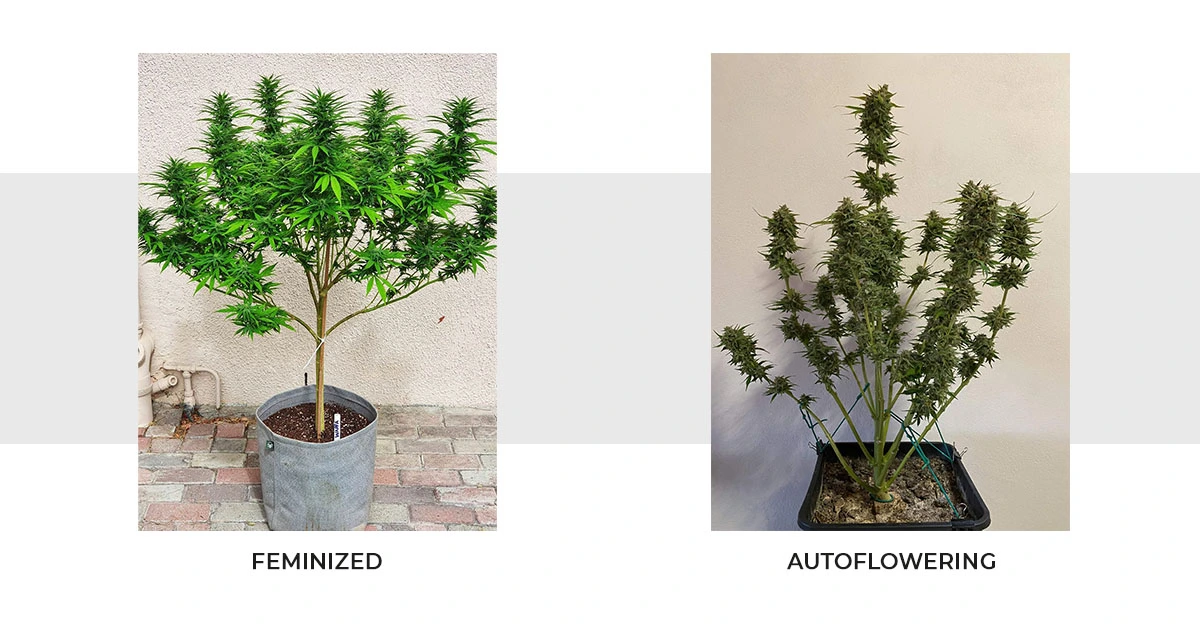
What is the average autoflower plant yield?
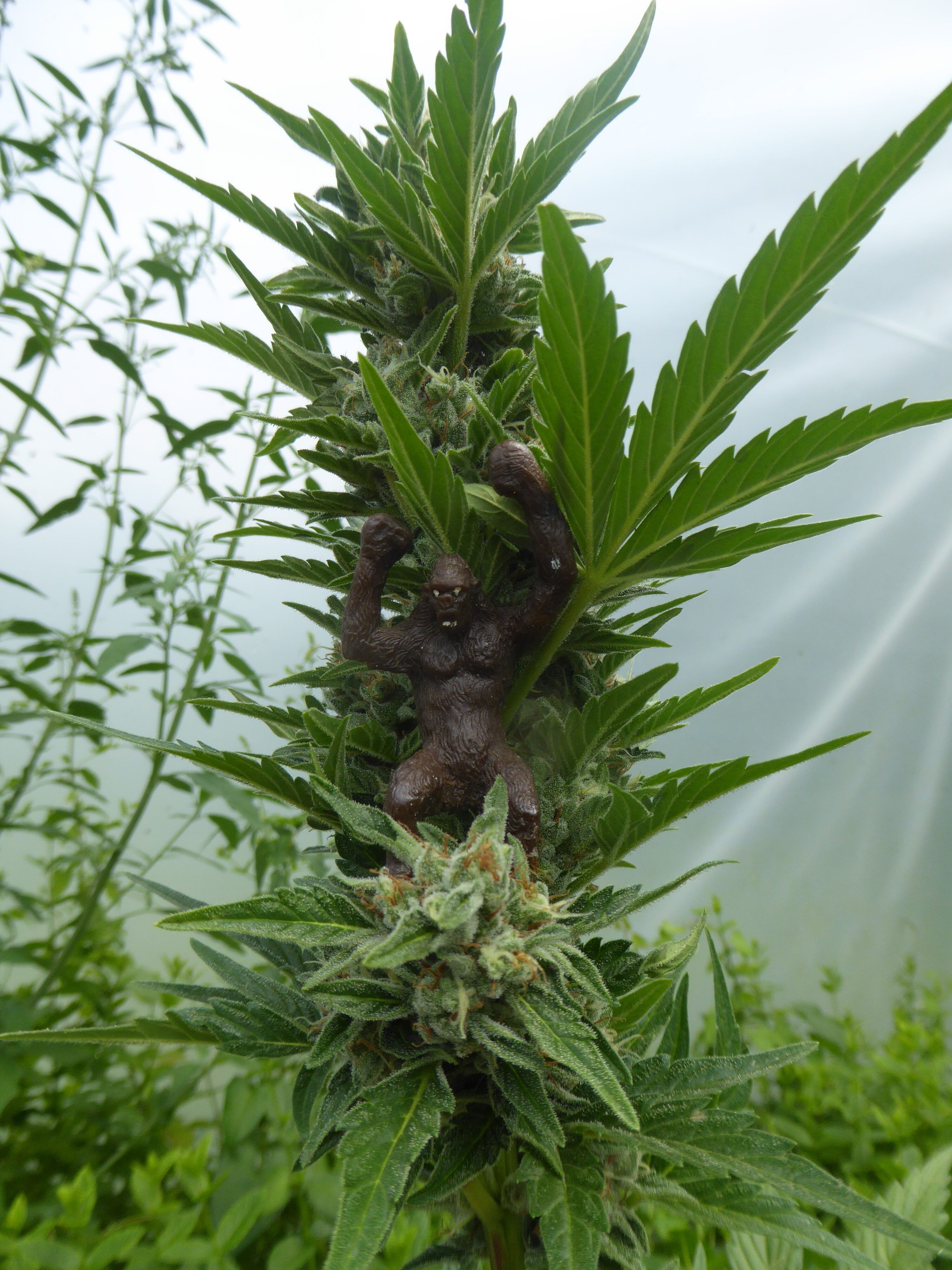
Autoflower plants can produce anything between 50 g – 300 g of dried bud per plant. This seems like a very wide range, but the amount is affected by a number of factors, from strain choice to grow circumstances.
Within the feminized vs autoflower yields context, it’s worth noting that, as autos are grown in many different cultivation conditions, the higher figure represents an optimized grow.
Paradise Seeds gives its (wet) yield estimates in terms of grams per m². Based on estimated yields of the most popular autos, the average yield for autos grown indoors is around 450g per m². For outdoor auto plants the yields vary between 75 – 150g per plant.
What is the average feminized photoperiod plant yield?
Based on the same formula (wet yield and gms per m²) the average yield for feminized photoperiod plants from the Paradise catalogue is 500g per m² indoor and around 800g per plant outdoor .
Feminized vs autoflower yields factors to consider when comparing
Based on the above averages, it can be seen that feminized plants are more competitive in an indoor environment. Nevertheless, beyond the bottom line statistics of the feminized vs autoflower yields debate, the other benefits of growing auto weed plants need to be considered:
- Autos take approximately 2 months to grow compared to photoperiod plants which average 4 months.
- The autoflower’s quick seed – to harvest cycle allows outdoor growers to get 2 -3 harvests a year, a significant plus in the feminized vs autoflower yields debate (more plants + more buds!).
- Their size (the tallest autos rarely exceed 1.5 meters) makes them very versatile, providing opportunities in smaller spaces that photoperiod plants don’t provide.
Tips for big Autoflower plants
Choose the right genetics
- It sounds like an obvious solution, but some autos are just genetically engineered to be bigger. However, that doesn’t mean you should just choose the one that’s going to be best suited to winning the feminized vs autoflower yields challenge!
- You should also consider what other aspects of the plant’s profile are important to you such as potency, terpene profile and suitability for your grow environment (ie if you have humidity issues avoid a big bud indica that will be more susceptible to mold).
Ensure optimized lighting
- A big reason for the significant difference between indoor and outdoor autoflower yields is the advantage that controlled lighting provides in the grow room.
- Autos are quick to grow so each day of their grow cycle needs to be maximized. Bigger yields come from an 18/6 light/dark hours or even a 20/4 cycle.
- Compare the consistency of this light exposure with the inconsistency of good sunlight hours over the course of an outdoor grow and you can see why lighting makes a difference to auto yields with their short lifetime.
Watering and feeding
- Autoflowers are super quick to reach the flowering stage (within 30 – 40 days) and therefore need to be treated differently to photoperiod plants.
- Do not over feed autos if you want bigger yields. Autos follow a different feeding schedule to photoperiod plants.
- There is debate about whether autos even need nutrients in the veg stage However, some advise adding nitrogen to help growth in the veg stage.
- It is recommended to use half the amount of nutrients as you would to a photoperiod plant.
Maximize the autoflower grow medium for bigger yields
As autos grow so quickly, look for marginal gains through the whole grow process:
- “The bigger the pot, the bigger the plant.” It’s a well known saying for a reason! To achieve its big yield potential a plant will fill the space.
- Plant a seedling direct into the pot it will live to avoid any transplant stress.
- Use lightly fertilized soils and make sure the medium has plenty of aeration to facilitate good root growth (consider adding coco coir, perlite and worm castings to help achieve this).
- Add a premium mychorrizal inoculant to help stimulate roots from our good friends at Dynomyco.
Train plants for higher autoflower yields
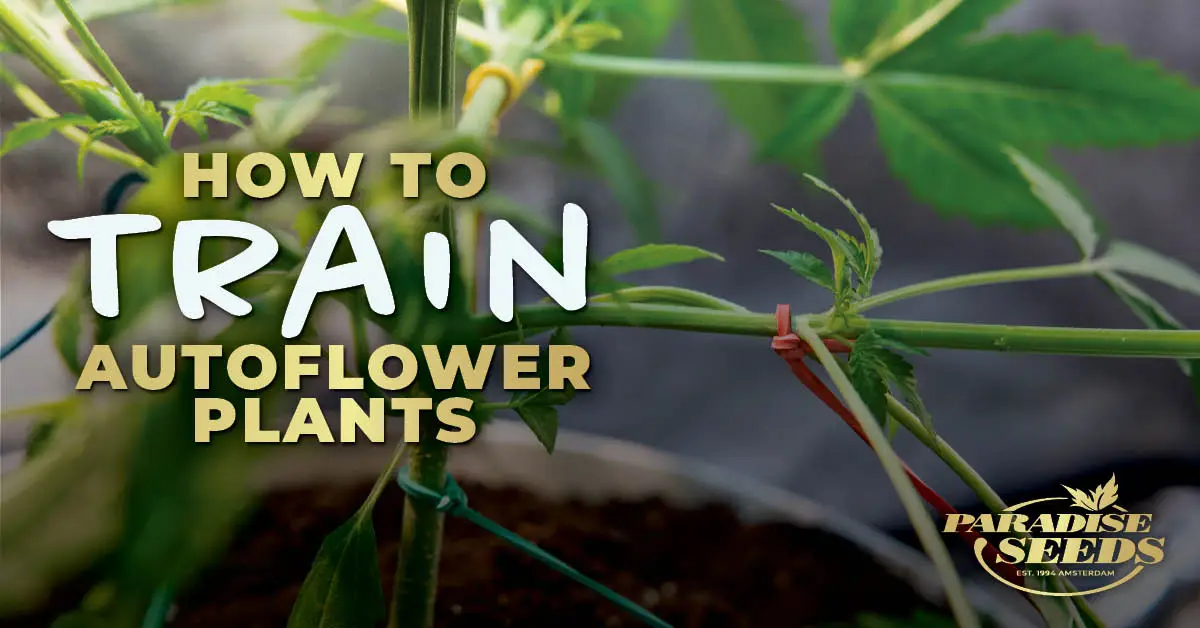
- To spread the distribution of bigger buds around more bud sites, consider using LST (Low Stress Training).
Grow these top 3 biggest yielding autoflower strains
Auto Kong 4 is a beast of an autoflower which combines the genetics of the potent GG4 (Gorilla Glue) and the original high yield Paradise strain Pandora.
€29.50 – €79.00
€22.13 – €59.25
Select options
This product has multiple variants. The options may be chosen on the product page
Stromboli Auto is the highest yielder in the Paradise autoflower collection. With selected Afghani landraces and GG4 in its genes she also has an explosive potency (20%+ THC).
€25.50 – €69.50
€19.13 – €52.13
Select options
This product has multiple variants. The options may be chosen on the product page
Auto Vertigo combines indica genetics from Afghanistan and sativa genes from Africa. The result is a high yielding autoflower plant with a citrusy potency.
Conclusion
The topic of feminized vs autoflower yields is one that is sure to continue amongst growers. While the stats may not lie, they ignore the nuances of growing with autos which can help to level up the playing field in other respects.
For now the winner in the feminized vs autoflower yields contest – were we to grow side by side – would be the feminized plant but, as we have seen, autos do have their advantages.
Having seen how far autos have come in the past decade or so, that gap in yields between photos and autos will only continue to shrink.
